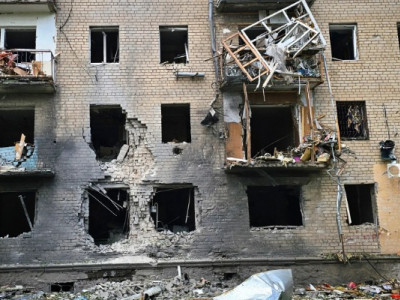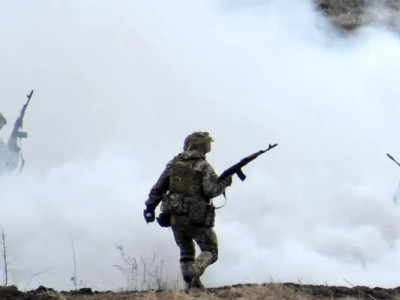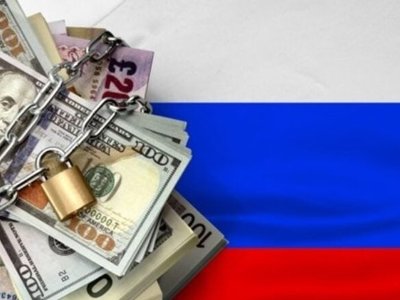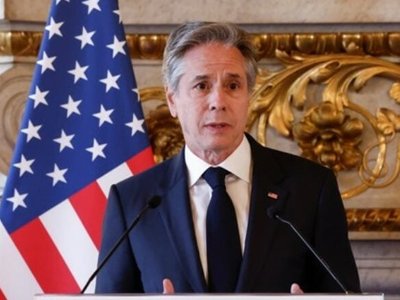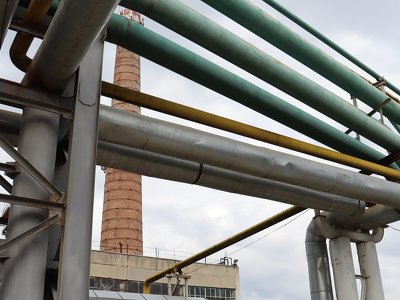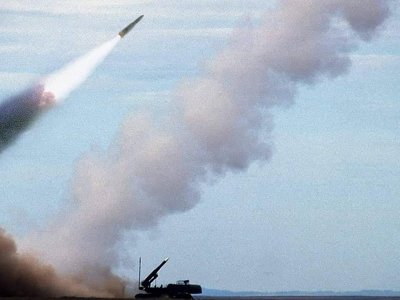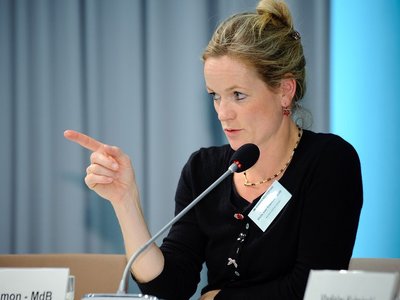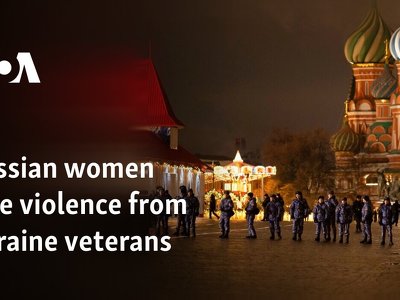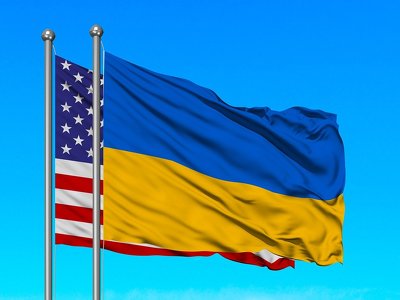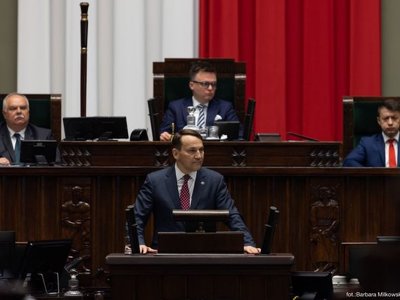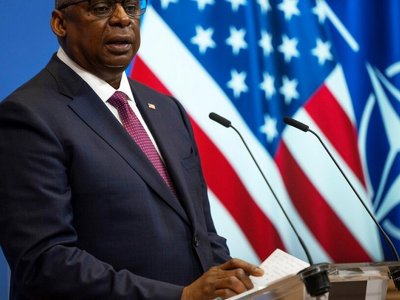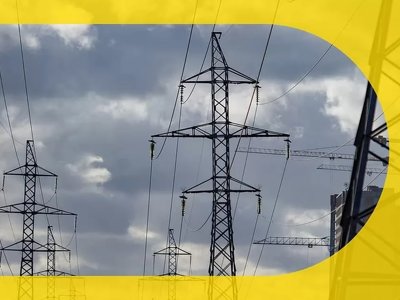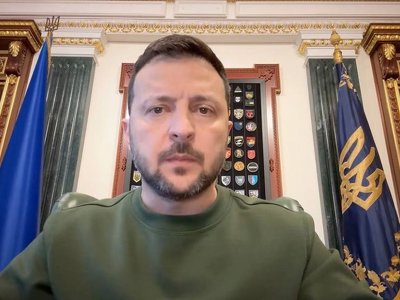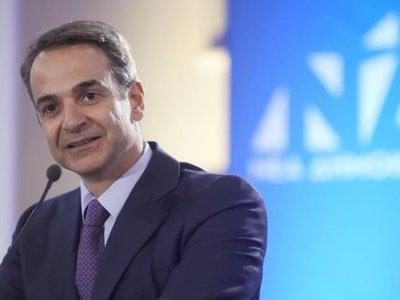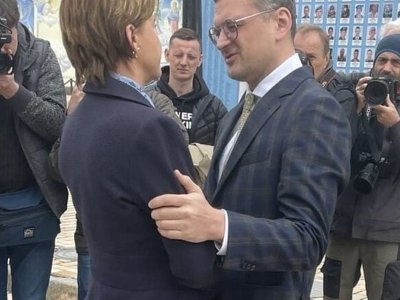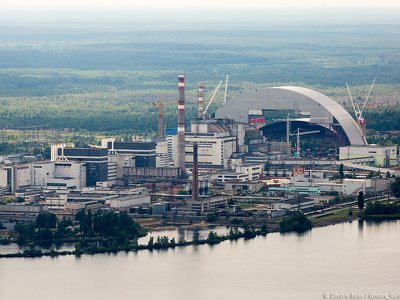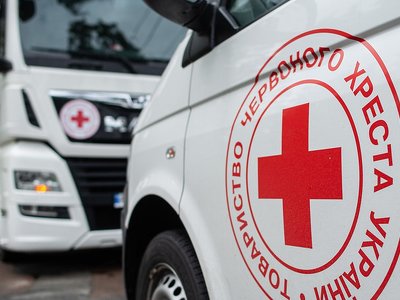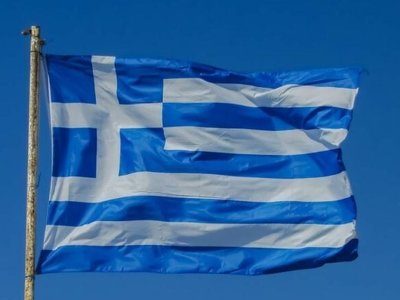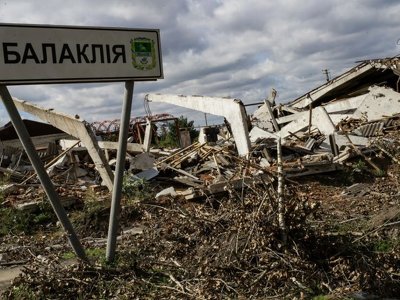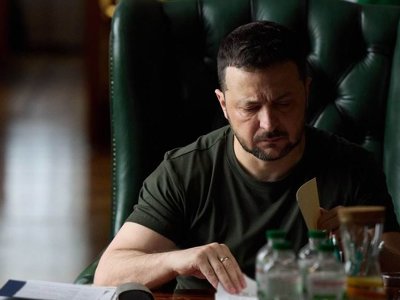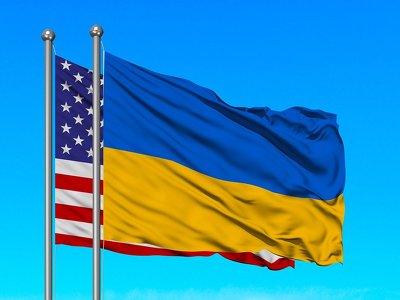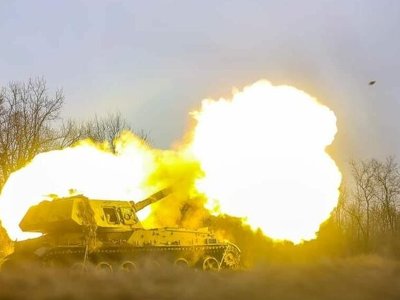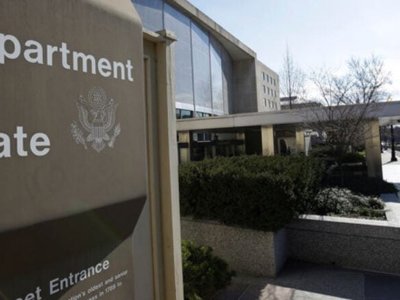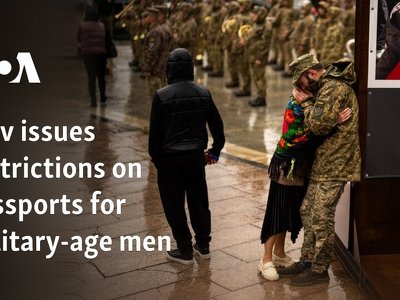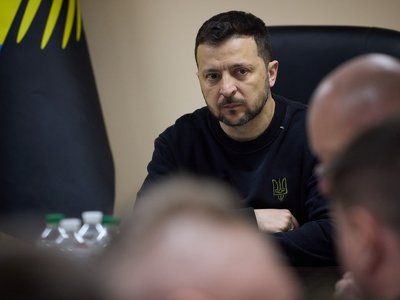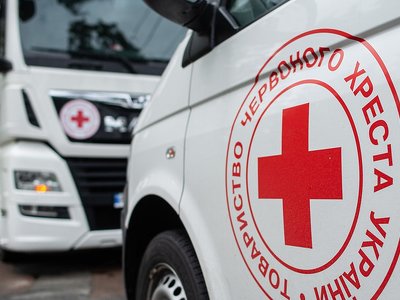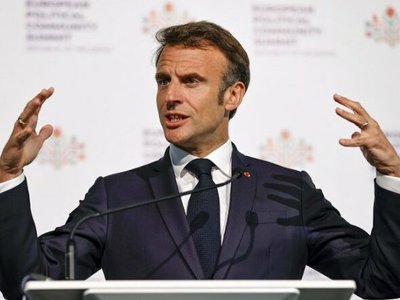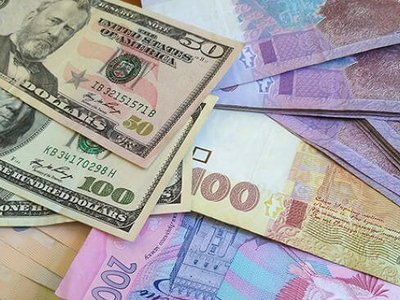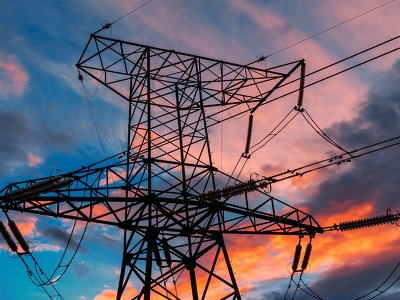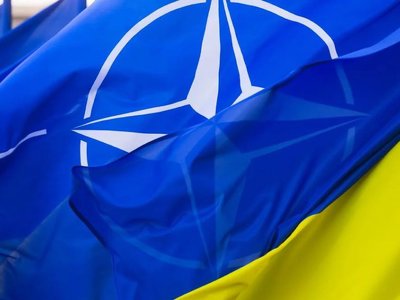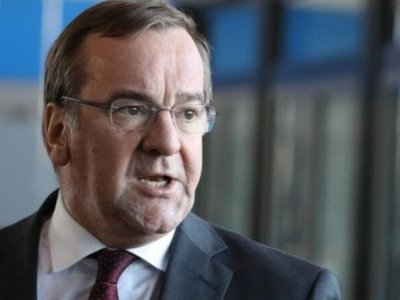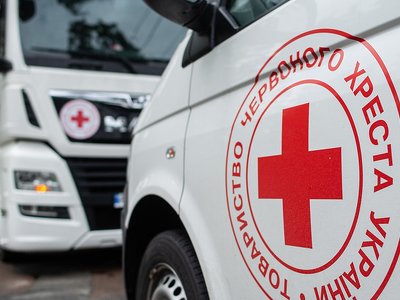Why Orbán is in no rush to ditch Russian oil and what Brussels should do about it

Hungary remains one of the most dependent EU countries on Russian oil, with over 50% of its crude imports still coming from the Urals blend via the Druzhba pipeline.
However, the new geopolitical landscape and EU sanctions require Budapest to reconsider its energy practices. Hungary is expected to stop using Russian crude oil by 2027, a goal that appears entirely achievable.
Read more about why Hungary is still tied to Russian imports, how it can break free and what the EU and Ukraine should do in the article by Maksym Hardus, a communications expert of Razom We Stand: Unhooking Orbán from the Kremlin: How to make Hungary abandon Russian oil.
The main reason for Hungary’s continued dependence is technical legacy. The two key MOL refineries in Százhalombatta (Hungary) and Bratislava (Slovakia) were built during the Soviet era specifically to process Russian oil.
At the center of this dependency is the Druzhba pipeline, the historical supply route for Urals oil. Lacking access to its own seaports, Hungary never seriously invested in diversifying supply routes, relying instead on cheap Russian crude.
Shifting to lighter crude types requires more than new contracts. It demands significant upgrades to hydrocracking units, blending and storage systems and technological platforms.
Slovakia is even more dependent, with 87% of its oil still coming from Russia, according to CREA. Yet unlike Hungary, it hasn’t announced any intention to diversify, reinforcing Bratislava’s resistance to phasing out Russian energy.
Hungary theoretically has alternatives, like the JANAF Adriatic pipeline through Croatia, and is in talks about reviving the Odesa–Brody pipeline or building a new one to Serbia (though the latter would not help reduce dependence, as Serbia’s main oil company is owned by Russia’s Gazprom Neft). Hungary also buys small volumes of oil from Azerbaijan.
According to Poland's Centre for Eastern Studies (OSW), all alternative routes, whether via JANAF or a future Serbian pipeline, face challenges such as tariffs, timelines and political negotiations.
Meanwhile, Budapest’s mixed signals about the Adriatic route suggest Hungary has deliberately delayed diversification to preserve its EU sanctions "exemption" as a bargaining chip, creating a vulnerability in Europe’s energy security.
As long as Hungary continues using Druzhba, EU sanctions policy remains exposed.
Still, most analysts agree the transition is already underway. Modernisation efforts, deals with Azerbaijan and Serbian pipeline planning are in motion. The shift away from Urals is not a question of "if" but "when," hinging on speed, costs and external support.
If the EU is serious about cutting Russian oil from Central Europe, it must pair financial aid to Hungary and MOL with a clear, binding requirement to transition to alternative oil sources.
Brussels and Kyiv must therefore coordinate pressure, defend competition in the fuel market, enforce common rules and demand measurable progress.
- Last
- February, 05
-
-
-
-
- April, 28
-
-
-
-
-
-
- April, 27
-
-
-
-
-
-
-
-
-
News by day
19 of July 2025

